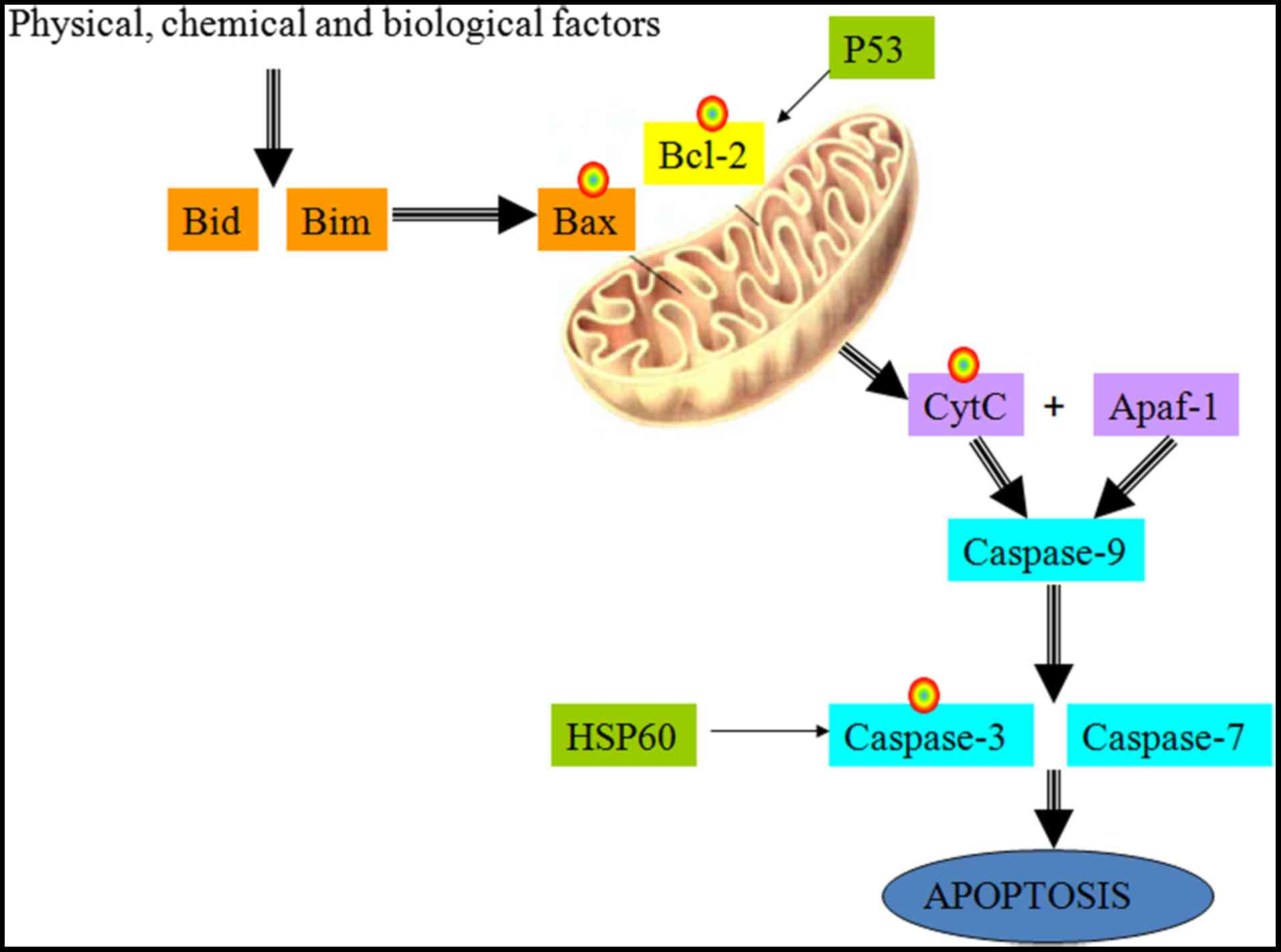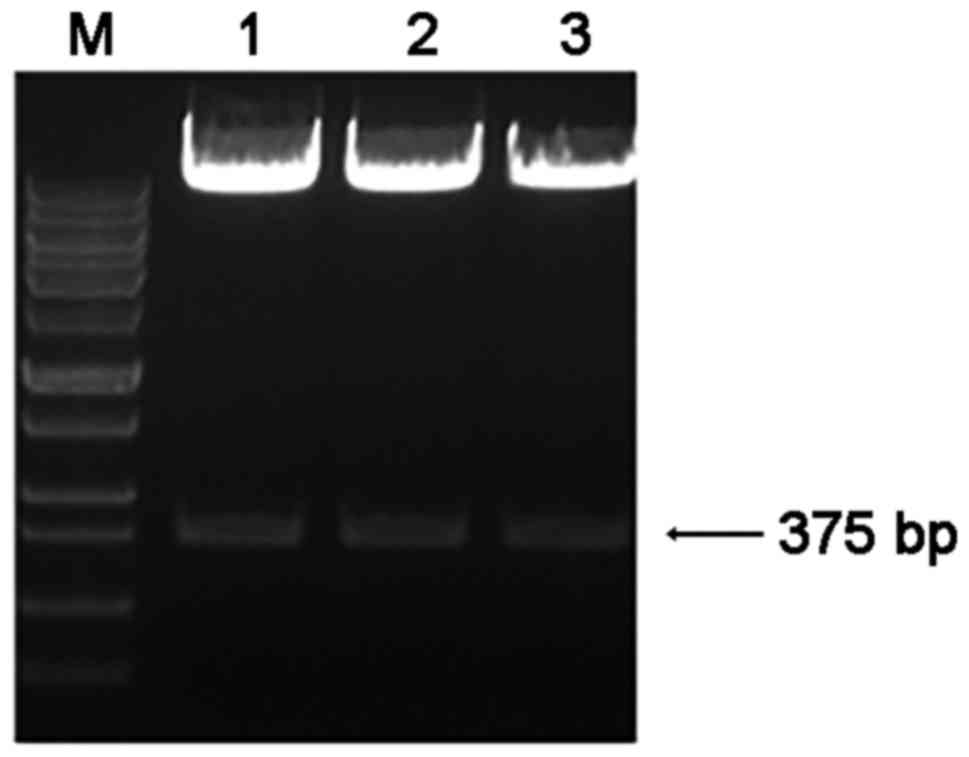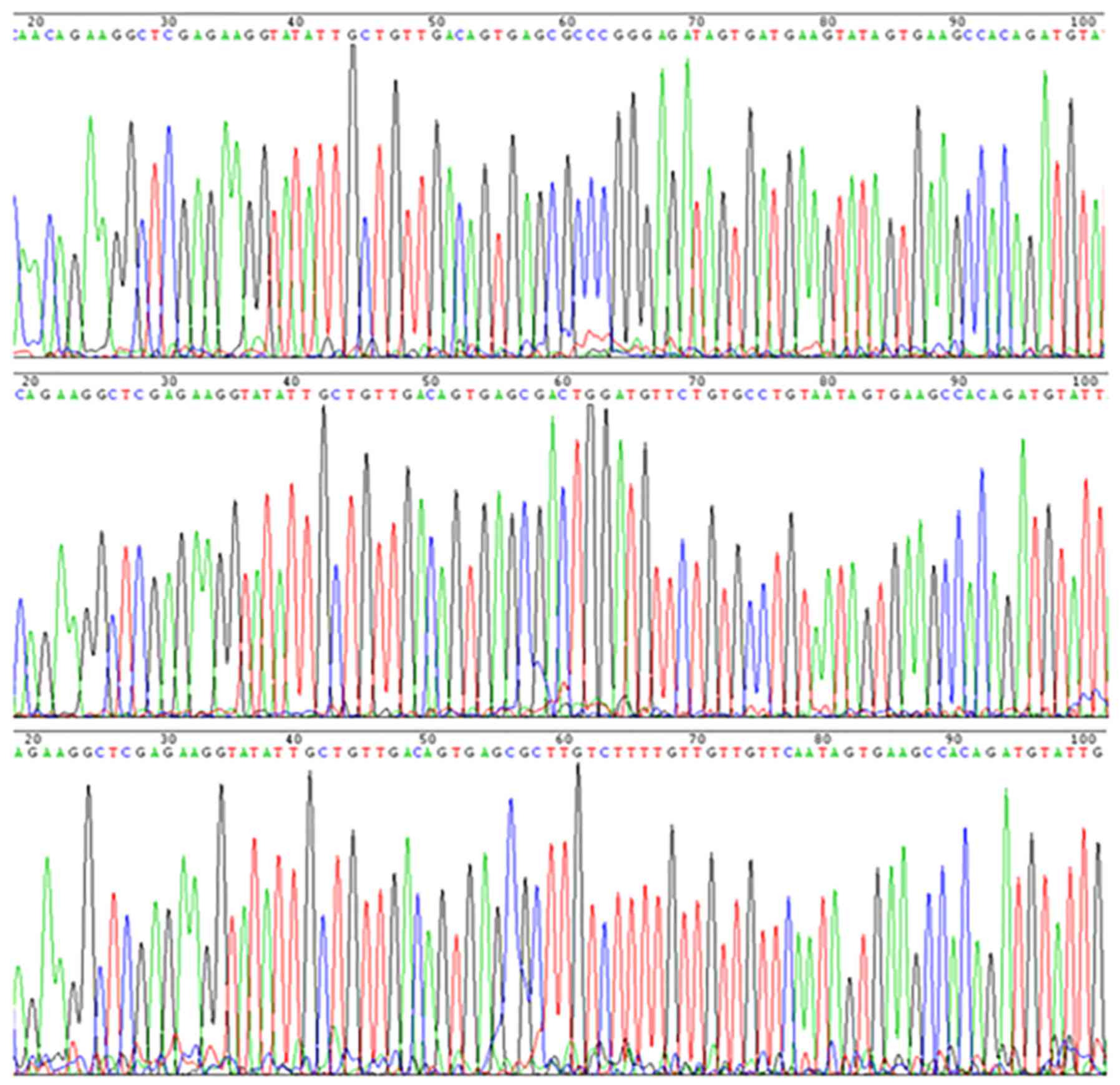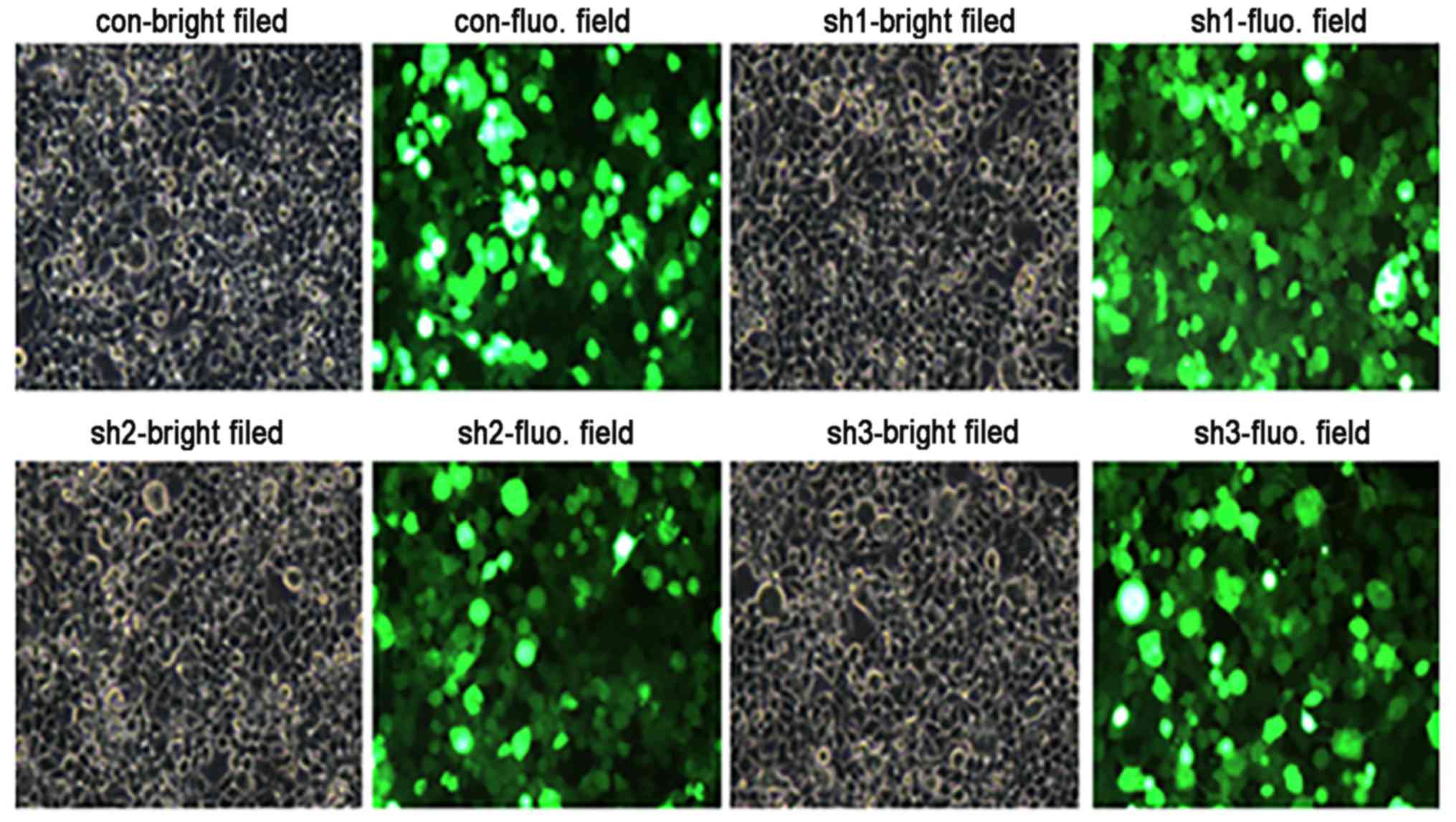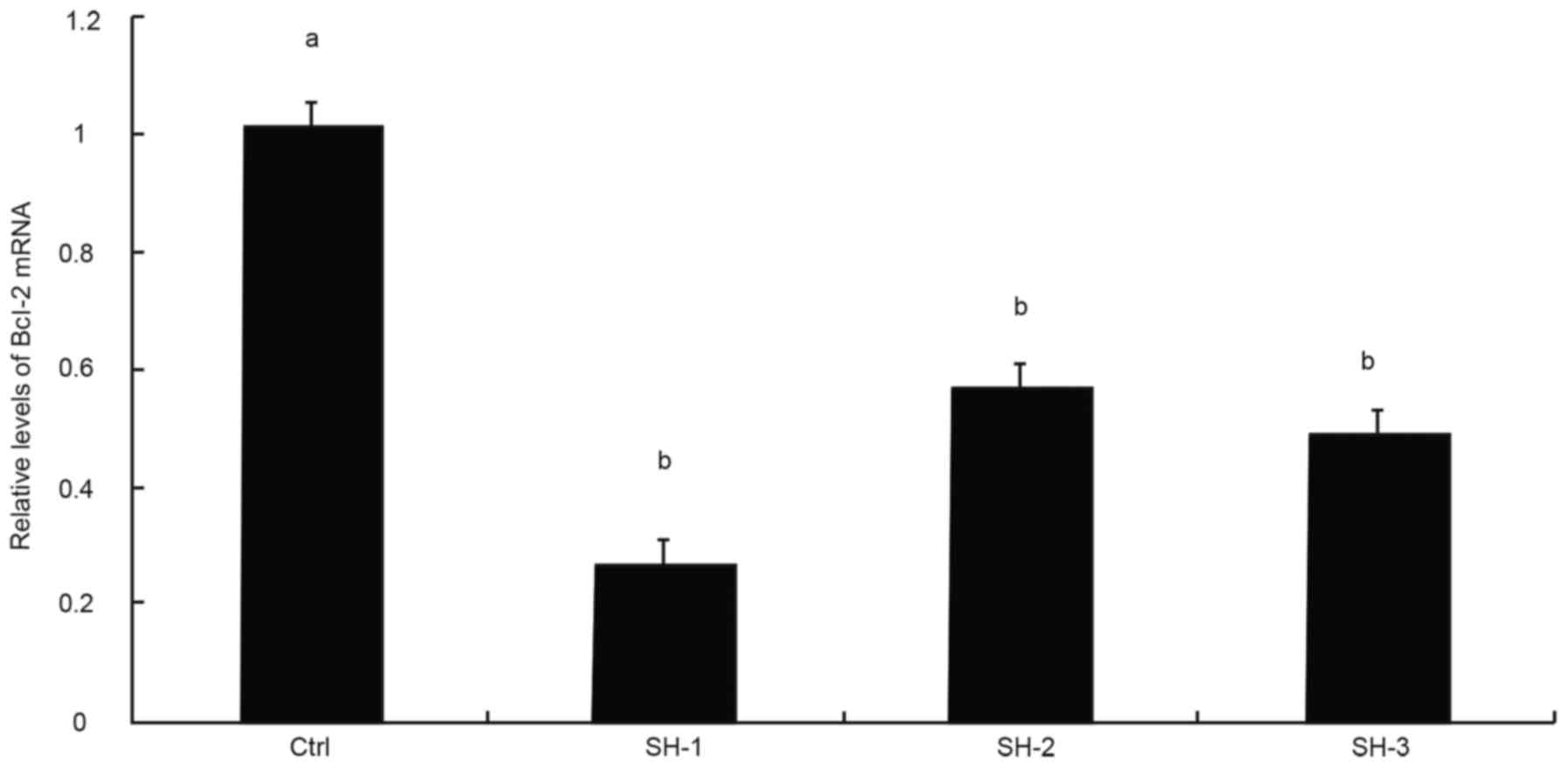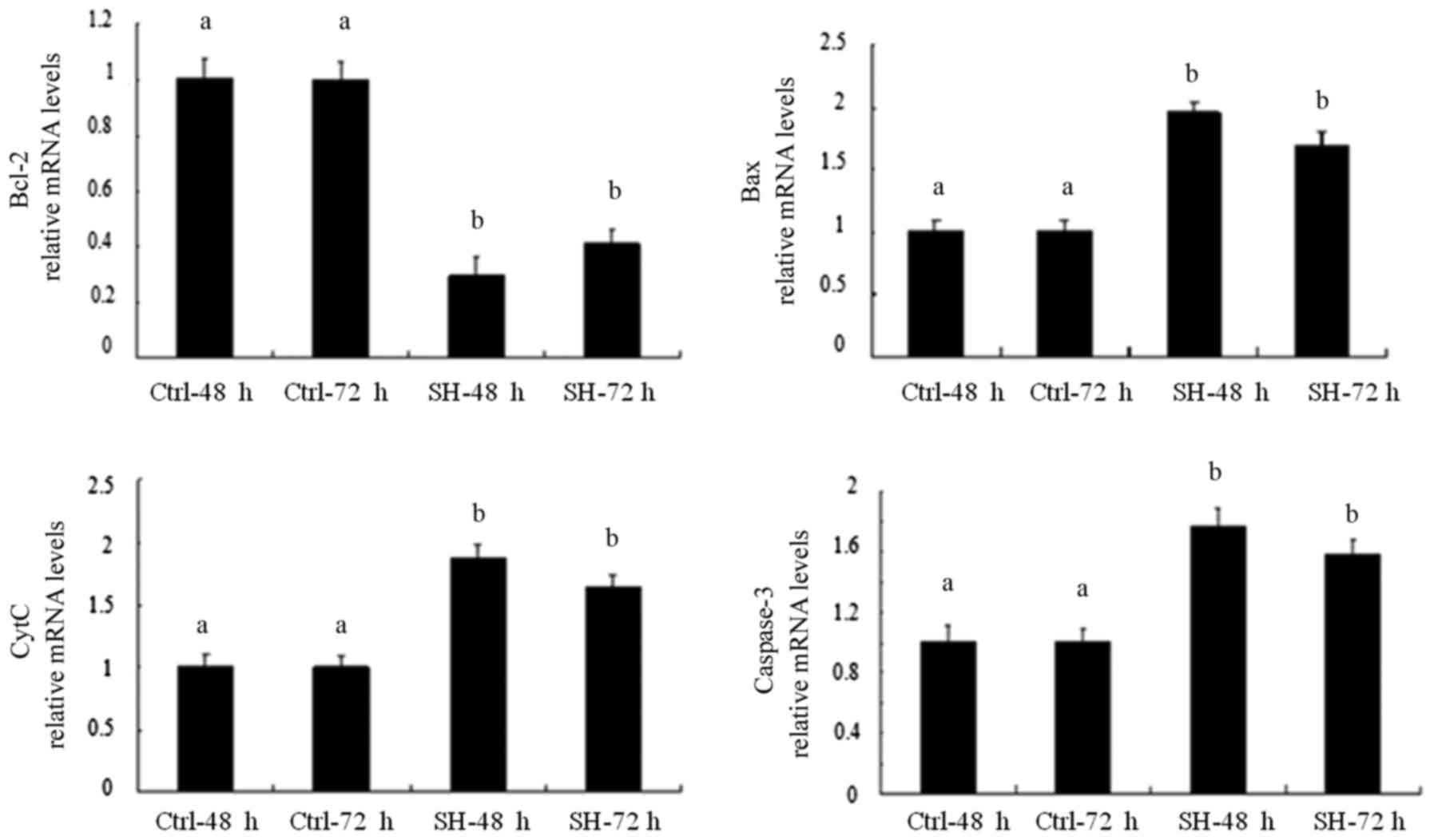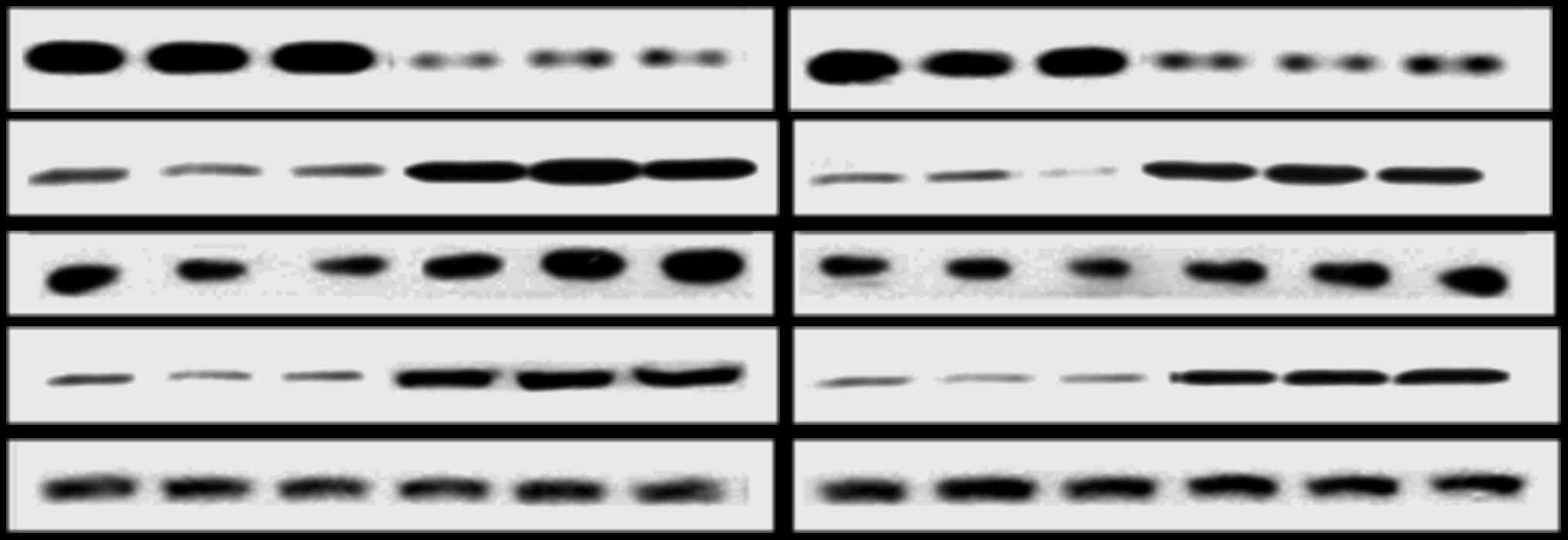|
1
|
Macintyre NJ, Muller ME, Webber CE and
Adachi JD: The relationship between radial bone properties and
disease activity and physical function in individuals with
rheumatoid arthritis. Physiother Can. 64:284–291. 2012. View Article : Google Scholar :
|
|
2
|
Navalho M, Resende C, Rodrigues AM,
Pereira da Silva JA, Fonseca JE, Campos J and Canhão H: Bilateral
evaluation of the hand and wrist in untreated early inflammatory
arthritis: A comparative study of ultrasonography and magnetic
resonance imaging. J Rheumatol. 40:1282–1292. 2013. View Article : Google Scholar : PubMed/NCBI
|
|
3
|
Krabben A, Abhishek A, Britsemmer K, Filer
A, Huizinga TW, Raza K, van Schaardenburg DJ and van der Helm-van
Mil AH: Risk of rheumatoid arthritis development in patients with
unclassified arthritis according to the 2010 ACR/EULAR criteria for
rheumatoid arthritis. Rheumatology (Oxford). 52:1265–1270. 2013.
View Article : Google Scholar
|
|
4
|
Shin SY, Katz P, Wallhagen M and Julian L:
Cognitive impairment in persons with rheumatoid arthritis.
Arthritis Care Res (Hoboken). 64:1144–1150. 2012.
|
|
5
|
Li R, Yan G, Li Q, Sun H, Hu Y, Sun J and
Xu B: MicroRNA-145 protects cardiomyocytes against hydrogen
peroxide (H2O2)-induced apoptosis through
targeting the mitochondria apoptotic pathway. PLoS One.
7:449072012. View Article : Google Scholar
|
|
6
|
Mane SD, Thoh M, Sharma D, Sandur SK and
Naidu KA: Ascorbyl stearate promotes apoptosis through intrinsic
mitochondrial pathway in HeLa cancer cells. Anticancer Res.
36:6409–6417. 2016. View Article : Google Scholar : PubMed/NCBI
|
|
7
|
Zhang WD, Zhang Z, Zhang H, et al: Oxygen
free radicals and mitochondrial signaling in oligospermia and
asthenospermia. Mol Med Rep. 10:1875–1880. 2014. View Article : Google Scholar : PubMed/NCBI
|
|
8
|
Yan C, Kong D, Ge D, Zhang Y, Zhang X, Su
C and Cao X: Mitomycin C induces apoptosis in rheumatoid arthritis
fibroblast-like synoviocytes via a mitochondrial-mediated pathway.
Cell Physiol Biochem. 35:1125–1136. 2015. View Article : Google Scholar : PubMed/NCBI
|
|
9
|
Liu L, Liu Y, Zhang X, Chen M, Wu H, Lin
M, Zhan Y, Zhuang C, Lin J, Li J, et al: Inhibiting cell migration
and cell invasion by silencing the transcription factor ETS-1 in
human bladder cancer. Oncotarget. 7:25125–25134. 2016. View Article : Google Scholar : PubMed/NCBI
|
|
10
|
Li G, Zhang L, Liu J, Xiao T, Liu G, Wang
J and Hou M: shRNA-mediated RPS15A silencing inhibits U937 acute
myeloid leukemia cell proliferation and enhances apoptosis. Mol Med
Rep. 13:4400–4406. 2016. View Article : Google Scholar : PubMed/NCBI
|
|
11
|
Livak KJ and Schmittgen TD: Analysis of
relative gene expression data using real-time quantitative PCR and
the 2(−Delta Delta C(T)) Method. Methods. 25:402–408. 2001.
View Article : Google Scholar
|
|
12
|
Liu H, Yang Y, Cai X, Gao Y, Du J and Chen
S: The effects of arctigenin on human rheumatoid arthritis
fibroblast-like synoviocytes. Pharm Biol. 53:1118–1123. 2015.
View Article : Google Scholar : PubMed/NCBI
|
|
13
|
Liu QS, Luo XY, Jiang H, Xing Y, Yang MH,
Yuan GH, Tang Z and Wang H: Salvia miltiorrhiza injection restores
apoptosis of fibroblast-like synoviocytes cultured with serum from
patients with rheumatoid arthritis. Mol Med Rep. 11:1476–1482.
2015. View Article : Google Scholar
|
|
14
|
Sugiyama R, Agematsu K, Migita K, Nakayama
J, Mokuda S, Ogura F, Haraikawa K, Okumura C, Suehiro S, Morikawa
S, et al: Defect of suppression of inflammasome-independent
interleukin-8 secretion from SW982 synovial sarcoma cells by
familial Mediterranean fever-derived pyrin mutations. Mol Biol Rep.
41:545–553. 2014. View Article : Google Scholar
|
|
15
|
Beaulieu E, Green L, Elsby L, Alourfi Z,
Morand EF, Ray DW and Donn R: Identification of a novel cell
type-specific intronic enhancer of macrophage migration inhibitory
factor (MIF) and its regulation by mithramycin. Clin Exp Immunol.
163:178–188. 2011. View Article : Google Scholar :
|
|
16
|
Gupta A, Niger C, Buo AM, Eidelman ER,
Chen RJ and Stains JP: Connexin43 enhances the expression of
osteoarthritis-associated genes in synovial fibroblasts in culture.
BMC Musculoskelet Disord. 15:4252014. View Article : Google Scholar : PubMed/NCBI
|
|
17
|
Snead NM and Rossi JJ: RNA interference
trigger variants: Getting the most out of RNA for RNA
interference-based therapeutics. Nucleic Acid Ther. 22:139–146.
2012.PubMed/NCBI
|
|
18
|
Nishioka N, Matsuoka T, Yashiro M,
Hirakawa K, Olden K and Roberts JD: Plasminogen activator inhibitor
1 RNAi suppresses gastric cancer metastasis in vivo. Cancer Sci.
103:228–232. 2012. View Article : Google Scholar
|
|
19
|
Jung HS and Shin YK: The potential
RNAi-based combination therapeutics. Arch Pharm Res. 34:1–2. 2011.
View Article : Google Scholar : PubMed/NCBI
|
|
20
|
Stornaiuolo M, La Regina G, Passacantilli
S, Grassia G, Coluccia A, La Pietra V, Giustiniano M, Cassese H, Di
Maro S, Brancaccio D, et al: Structure-based lead optimization and
biological evaluation of BAX direct activators as novel potential
anticancer agents. J Med Chem. 58:2135–2148. 2015. View Article : Google Scholar : PubMed/NCBI
|
|
21
|
Siddiqui WA, Ahad A and Ahsan H: The
mystery of BCL2 family: Bcl-2 proteins and apoptosis: an update.
Arch Toxicol. 89:289–317. 2015. View Article : Google Scholar : PubMed/NCBI
|
|
22
|
Afonin KA, Grabow WW, Walker FM, Bindewald
E, Dobrovolskaia MA, Shapiro BA and Jaeger L: Design and
self-assembly of siRNA-functionalized RNA nanoparticles for use in
automated nanomedicine. Nat Protoc. 6:2022–2034. 2011. View Article : Google Scholar : PubMed/NCBI
|
|
23
|
Mysara M, Garibaldi JM and Elhefnawi M:
MysiRNA-designer: A workflow for efficient siRNA design. PLoS One.
6:e256422011. View Article : Google Scholar : PubMed/NCBI
|
|
24
|
Hefferon KL: Innovations in siRNA
research: A technology comes of age. Recent Pat Antiinfect Drug
Discov. 5:226–239. 2010. View Article : Google Scholar : PubMed/NCBI
|
|
25
|
Wang Y, Li Z, Han Y, Liang LH and Ji A:
Nanoparticle-based delivery system for application of siRNA in
vivo. Curr Drug Metab. 11:182–196. 2010. View Article : Google Scholar : PubMed/NCBI
|
|
26
|
Sarret P, Doré-Savard L and Beaudet N:
Direct application of siRNA for in vivo pain research. Methods Mol
Biol. 623:383–395. 2010. View Article : Google Scholar : PubMed/NCBI
|
|
27
|
Yuan S, Wu B, Yu Z, Fang J, Liang N, Zhou
M, Huang C and Peng X: The mitochondrial and endoplasmic reticulum
pathways involved in the apoptosis of bursa of Fabricius cells in
broilers exposed to dietary aflatoxin B1. Oncotarget.
7:65295–65306. 2016.PubMed/NCBI
|
|
28
|
Zhang W: Research of the pathogensis of
oxygen free radicals-mitochondrion pathway in oligospermia and
asthenospermia. Chinese doctoral dissertation full text database.
May;2015.
|



